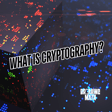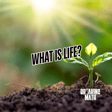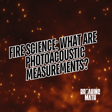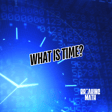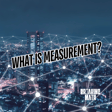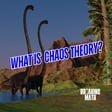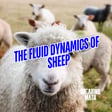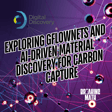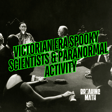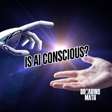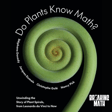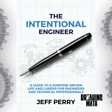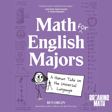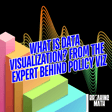
Mapmatics: A Mathematician's Guide to Navigating the World with Maps with Paulina Rowinska
Math & Cartography: Dr. Paula Rowinska on Map Projections, Gerrymandering & Real-World Math
In this episode of Breaking Math, host Autumn interviews Dr. Paula Rowinska about her unique journey from earning a PhD in mathematics to writing about math and cartography. They discuss the fascinating connection between map-making and mathematics, debunking misconceptions about map projections and exploring key topics like the coastline paradox, gerrymandering, and the traveling salesman problem. Learn how these mathematical concepts play a crucial role in areas like crime analysis, geopolitics, and more. Perfect for enthusiasts of math, cartography, and real-world problem-solving.
The conversation also celebrates the contributions of underrepresented women in mathematics and underscores the importance of math in everyday life. Tune in to discover how mathematics shapes our understanding of the world through cartography, topology, and even AI.
Keywords: mathematics, cartography, map projections, coastline paradox, gerrymandering, women in math, traveling salesman problem, crime analysis, topology, metric map, ai, physics, math
Become a patron of Breaking Math for as little as a buck a month
Follow Dr. Paula Rowinska at paulinarowinska.com and @PaulaRowinska on Twitter. You can also find her book Mapmatics on Amazon.
Follow Breaking Math on Twitter, Instagram, LinkedIn, Website, YouTube, TikTok
Follow Autumn on Twitter and Instagram
Follow Gabe on Twitter.
Become a guest here
email: breakingmathpodcast@gmail.com

